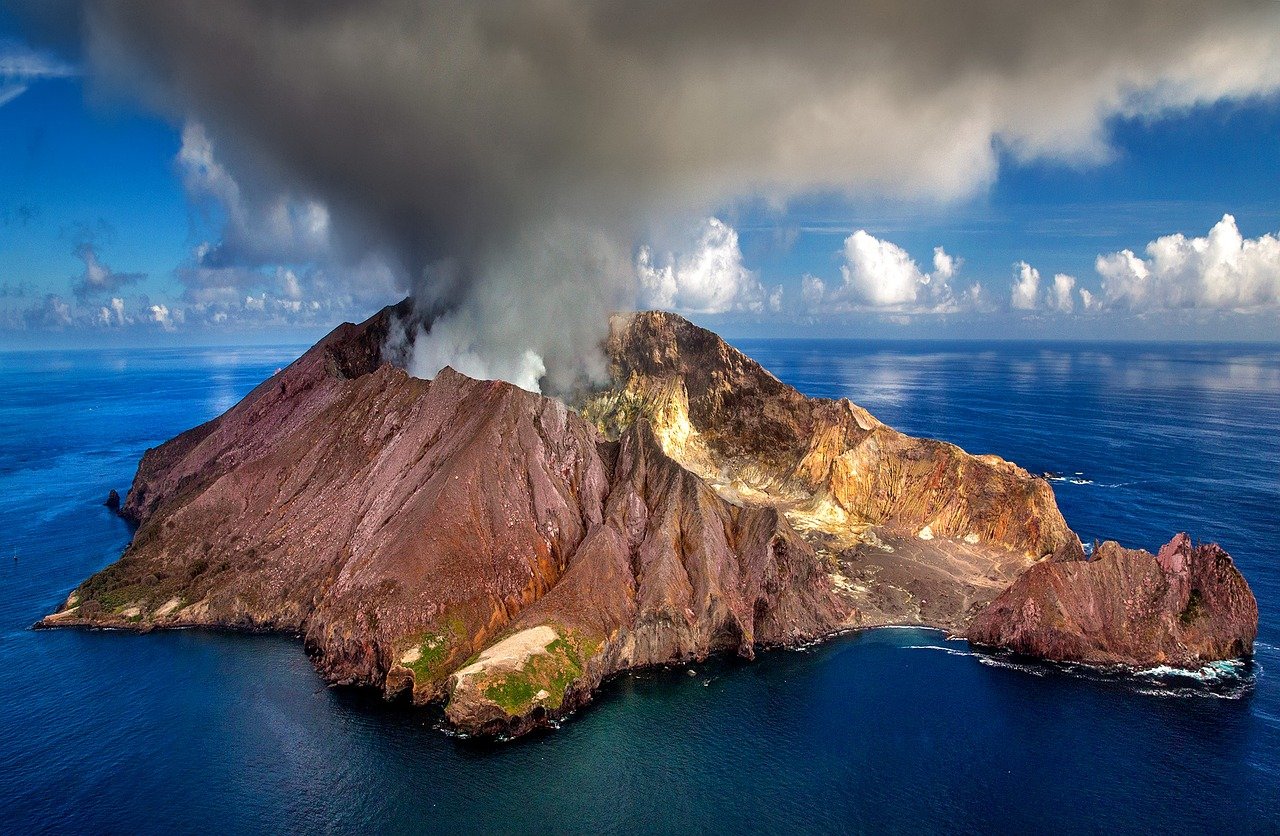
When a hidden continent gives birth to a new subduction zone in New Zealand
South of New Zealand, in the Tasman Sea, the land does not stop moving. And with good reason, in this area is Fosse de Puysegur which is the newest subduction zone on the planet. In this region, the Australian plate sinks below the Pacific plate, often causing underwater earthquakes, sometimes as high as 7.2 on the Richter scale, like the earthquakes in 2004.
A recent study looked at this small subduction zone and showed results How it was formed. Over the past millions of years, it has been part of the subcontinent of Zealandia, Which sits at the boundary between the Pacific Sheets and Australia, is so elongated and transformed that the denser oceanic crust begins to crumble and sank below. Thus, placing different types of veneers against each other at the boundaries of a pre-existing plate can lead to subduction formation. Scientists say the discovery could help explain the formation of other subduction zones around the world.

Brandon Schock, PhD student at the University of Texas, Austin and first author, explains that subduction zones are among the most important among plate boundaries. It is the basis of plate tectonics, and so is the main cause of movement of the Earth’s plates.
Devastating phenomenon
The researchers suggest that the formation of subduction zones remains a mystery until now because this process is naturally destructive. In fact, when an oceanic plate sinks under the continental crust, the rocks at the surface are warped, broken, and deformed. During this time, the oceanic plate sinks into the mantle and begins to melt without leaving a trace. Hence, there are very few geological implications to study.
The subduction zone of the Puysegur Crater is extremely exceptional because it is so small and its geological history can still be studied. So it is an ideal site to learn more about subduction zone formation. To date, there is still no satisfactory explanation for how tectonic plates break apart and initiate the subduction process.
History of the Puysegur Subduction Zone
According to data collected by scientists, the process of forming the Puysegur subduction zone began 45 million years ago when a new boundary between the Australian and Pacific plates began forming due to a force called extension. During this process, tectonic forces pull in the two plates and separate them. In the face of this phenomenon, the oceanic crust becomes thinner and magma coming from the mantle begins to exit through fractures to form new rocks.
According to the results of the study, there was one factor that affected this extension process, which is the hidden Zeeland continent, which is a submerged part of the continental crust around New Zealand and is the size of Australia. Zealandia is placed at the northern end of the expanse. Because continental crust is thicker and more likely to float, forces of expansion at the edge of the plates have been unable to fracture Zealandia. The continental crust simply extends to form a thin region known as the Solander Basin.
25 million years ago, history continued with a certain tectonic movement. At this point, the boundaries between the Pacific and Australian plates had ceased to drift. But the Pacific plate moved southward while the Australian plate moved north. This opposite movement carried the oceanic crust of the Australian Plate near the Solander Basin in the Pacific Plate. According to Shawk, this was the key to subduction formation. Continental crust is less dense than oceanic crust, which allowed the Australian Plate to slide below the Pacific Plate.
Despite the discovery, scientists said there are still many unanswered questions about the fault that is located south of New Zealand. Thus, the search will continue in the area to try to uncover the secrets of subduction.

“Reader. Travel maven. Student. Passionate tv junkie. Internet ninja. Twitter advocate. Web nerd. Bacon buff.”
